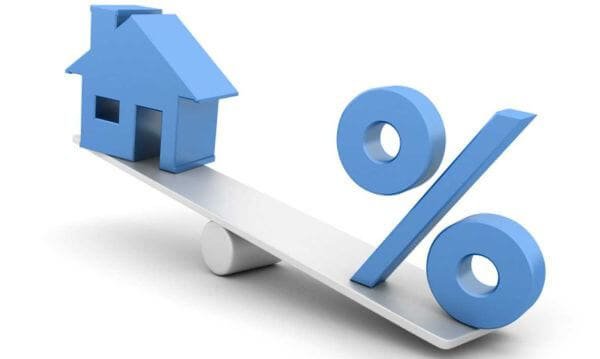Whether you already own a home or are looking to purchase one, it is important to know the the benefits and drawbacks of an adjustable rate mortgage as well why rates fluctuate. The aim of this article is to give you a better undertanding of the way these types of mortgages work.
What Is An Adjustable Rate Mortgage?
Adjustable rate mortgages, or ARMs as they are often called, are a spin off on the typical fixed rate type of mortgage. It is important to learn about this type of mortgage to determine if it is the best choice for your financial needs.
An adjustable rate mortgage is one in which the interest rate on the loan will fluctuate throughout the lifetime of the loan. As opposed to fixed rate mortgages where the interest rate is locked in from start to finish, the adjustable rate mortgage interest rate will start off at a fixed rate for a specific period of time and will increase or decrease after that time period has expired. The fluctuation will depend on the current real estate market and whether the interest rate increases, decreases or stays the same will remain a mystery throughout the remainder of the loan.
Pros and Cons of the Adjustable Rate Mortgage
As with any other type of loan, the adjustable rate mortgage has pros and cons attached to it. Some of the pros of an adjustable rate mortgage include:
- Obtaining a low fixed interest rate in the beginning
- Lower rate throughout the loan term
- Easier access to a mortgage of this type when compared with other varieties of mortgages
On the other hand, there are drawbacks to adjustable rate mortgages. These include:
- Higher rate throughout the entire loan term
- Potential for extreme interest rate increase during the life of the loan.
How to Determine Your Rate Increase
If you have an adjustable rate mortgage or are thinking of getting one, you will find it useful to know just how interest rate increases are calculated. There are four factors taken into account when determining a projected rate increase. These first factor is the interest rate index (for example: COFI, Libor, CMT, MTA, CODI, Prime Rate). This is the rate that your ARM is tied to. The second factor is called the margin, varies widely, from .75% to 7%. This is the amount added to the index to come up with your interest rate. If you are hit with a rate increase, it is essential that you speak with your lender to determine the cause of the increase. The other two elements that affect adjustable mortage interest rates are the adjustment cap, which puts a limit on how much the rate can increase and the life time maximum rate. It is important to note that while they have lifetime maximum rates, not all ARM’s have adjustment caps.
The Rate Adjustment Rule
The rate-adjustment rule means that the new interest rate will be determined by taking the most recent value of the index added to the margin and subject to the caps. Calculating the aforementioned figures will determine the result of the new interest rate once the adjustable rate portion of the loan kicks into action. It is important to note that in order to determine the interest rate index of your adjustable rate mortgage, you must gather the information on a website which supplies the pertinent data, such as one that will relay the most recent interest rate index available.
Preparing for a Adjustable Mortgage Rate Increase
Adjustable rate mortgages can be a bit of a gamble as it is impossible to predict what the interest rates will be during the duration of the loan. The good news is that there are caps on how much the interest rate can increase or decrease during the length of the loan. Therefore, if you choose to obtain an adjustable rate mortgage, you may be susceptible to interest rate changes yet you will have peace of mind in knowing that the rate will never be higher/lower than a certain number. By applying the initial cap, periodic cap and lifetime cap to your loan amount and interest rate, you will be able to calculate exactly how much your loan payments could increase or decrease on a monthly basis.
Should the interest rates on your adjustable rate mortgage increase during the life of the loan, there are a few ways to adjust to the increase. First, try to have some extra money stored away in a savings account or other money saving tool where you will be able to use it if the time arises where a rate increase is inevitable. Also, remember to keep in mind that refinancing your loan is always a possibility. You should never feel that you are stuck with the same type of mortgage throughout your entire home ownership. If the rates start to become unbearable, consider refinancing the mortgage and obtaining a lower rate.






